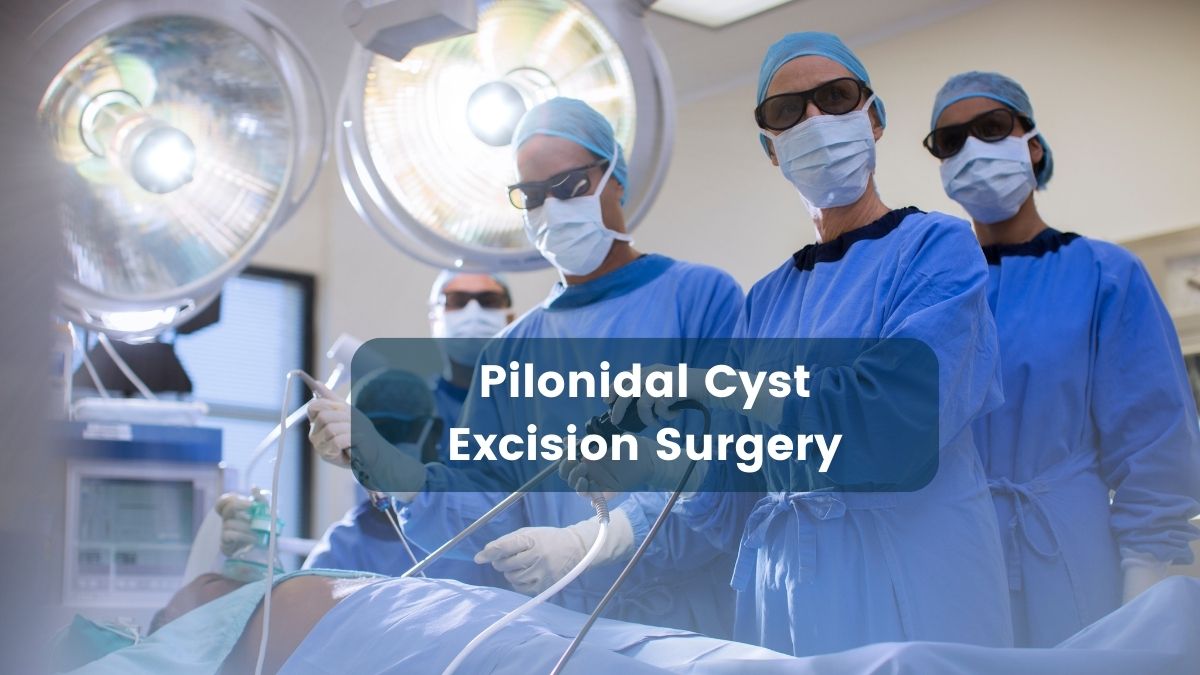Pilonidal Cyst Surgery Options: Which is Right for Me?
Greg Benett December 31, 2024

“This article helps patients understand each option and recovery expectations, and guides them in selecting the most appropriate procedure by outlining several pilonidal surgery options including excision and minimally invasive treatments.”
Since pilonidal cysts can be unpleasant and disruptive, surgery is usually the best option when traditional therapies show insufficient success. At Pilonidal Expert, we are aware that selecting the correct surgical approach can be somewhat taxing. Allow us to guide you through the several techniques so that you may choose the one ideal for your situation.
Excision of Pilonidal Cyst Surgery
Among the most often used therapies is pilonidal cyst excision surgery recovery. This surgery entails the cyst and any diseased tissue being totally removed. Your surgeon gently eliminates the cyst during excision to leave a clean area less likely to develop an infection once more.
1. For Whom It is For
The excision surgery pilonidal cyst is ideal for people with recurrent or severe pilonidal cysts that have not responded to prior therapies, precision surgical cyst is the best option.
2. Procedure
Usually, the procedure is conducted under local or general anesthetic. Depending on the situation, the wound might remain open to heal naturally or be stitched once the cyst is removed.
Though it requires good attention to reduce the chance of recurrence, precision surgery can be rather successful.
Read more about: My Pilonidal Cyst Journey: From Diagnosis to Recovery
Treatment Option with Minimally Invasive
Minimally invasive treatments are offered for patients looking for a less involved approach. Faster recovery times can follow from these choices including less tissue removal and fewer incisions.
1. Laser Treatment
This is utilized occasionally to remove the affected tissue. The laser treatment method reduces scarring and speeds down recovery.
2. E-Pilonidal Sinus Treatment (EPSiT)
Using an endoscope to remove the cyst and impacted tissue through a tiny incision, EPSiT is a more recent technique.
For mild to moderate cases, minimally invasive choices are usually recommended since they require less downtime and faster recuperation.
Recovery from Excision Surgery: Expectations
The type of procedure and personal circumstances, affect the recovery after pilonidal cyst excision. Here’s what to expect:
1. Healing First
Particularly if the area is left untreated, the healing process could take several weeks. Crucially, you should keep the area tidy and follow the aftercare advice given by your physician.
2. Pain Management
frequent, but typically it can be controlled with either over-the-counter or prescribed medication.
3. Returning to Activities
You will have to refrain from demanding tasks for a few weeks so that the area may recover correctly.
Good aftercare can hasten recovery and assist in lowering recurrence risk.
Which Surgeons Should I Choose?
The degree of your cyst, your way of life, and your personal preferences will all affect the correct operation you should choose. See a specialist to assist you grasp your choices and choose the course of action fit for your requirements.
Conclusion
Choosing pilonidal cyst excision treatments or another course of action is a personal decision best decided upon under medical professional advice. Every operation has special advantages, and with proper care, you should be able to expect comfort and a seamless recovery. Ask questions; contact our staff at Pilonidal Expert to go over your choices and guide you toward recovery.